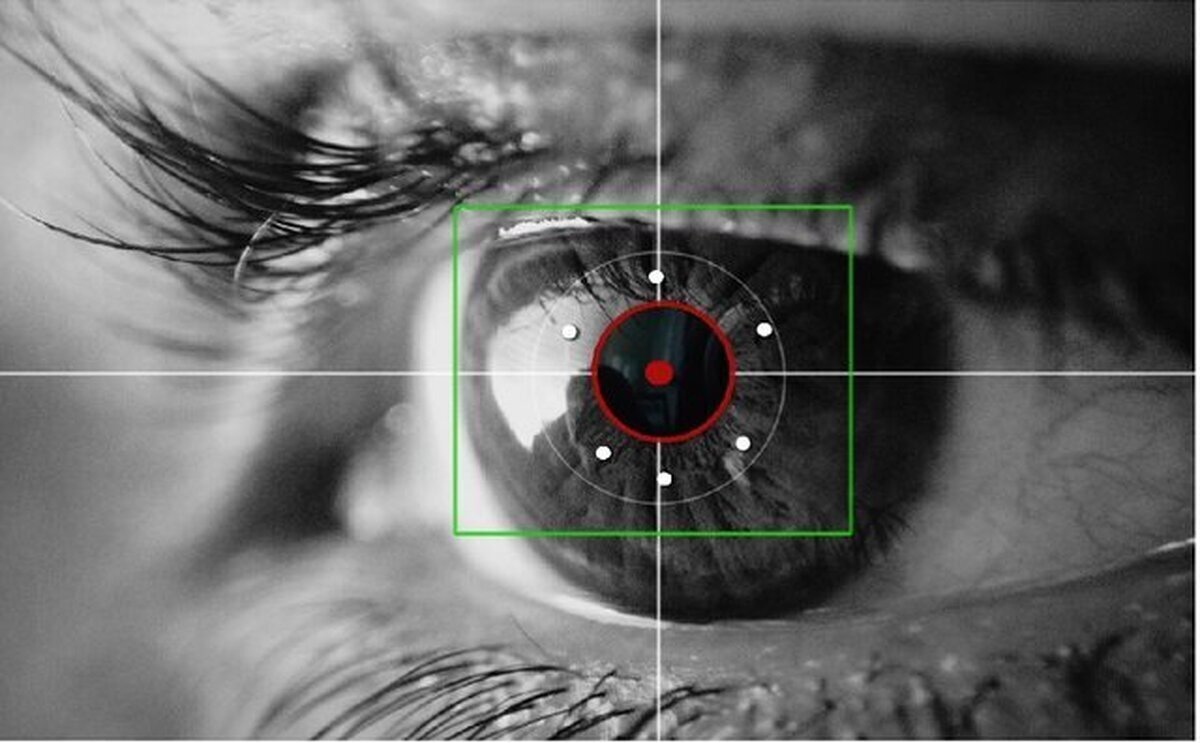Iranian Scientists Produce Recombinant Viral Vectors to Prevent Blindness

“One of the most effective measures that can be adopted to treat RP disease is the production of recombinant viral vectors optimized for effective gene transfer. Using this method to treat X-linked retinitis pigmentosa, which is caused by a defect in the RPGR gene, a virus was made that has a healthy version of the RPGR gene,” said Maryam Haqshenas, a PhD student of Medical Genetics at Mashhad University of Medical Sciences.
She explained that in this project, which was implemented under the guidance of Sina Mozaffari, a faculty member of Mashhad University of Medical Sciences and in collaboration with the Ophthalmology Research Center of Shahid Beheshti University of Medical Sciences, mutations were created at the surface of virus to increase its transmission in different layers of the retina during intravitreal injection, which is a less invasive type of injection, adding that these mutations help the virus penetrate more into all layers of the retina and after injecting the produced virus into the patient's eye, the RPGR gene is expressed in the photoreceptors and prevents the destruction of retinal cells.
“In a preclinical study, the viruses from this invention were injected into the eyes of one-month-old mice, and the efficiency of these viruses in the transfer of the RPGR gene and their penetration from the injection site, i.e., the vitreous, to the location of the photoreceptors in the retina, and the specific expression of RPGR in these cells was proven,” Haqshenas said.
Retinitis pigmentosa (RP) is a group of rare eye diseases that affect the retina (the light-sensitive layer of tissue in the back of the eye). RP makes cells in the retina break down slowly over time, causing vision loss.
RP is a genetic disease that people are born with. Symptoms usually start in childhood, and most people eventually lose most of their sight.
There’s no cure for RP, but vision aids and rehabilitation (training) programs can help people with RP make the most of their vision.
The most common early symptom of RP is loss of night vision — usually starting in childhood. Parents may notice that children with RP have trouble moving around in the dark or adjusting to dim light.
RP also causes loss of side (peripheral) vision — so you have trouble seeing things out of the corners of your eyes. Over time, your field of vision narrows until you only have some central vision (also called tunnel vision).
Some people with RP lose their vision more quickly than others. Eventually, most people with RP lose their side vision and their central vision.
Other symptoms of RP include sensitivity to bright light and loss of color vision.
Most of the time, RP is caused by changes in genes that control cells in the retina. These changed genes are passed down from parents to children.
4155/v





















